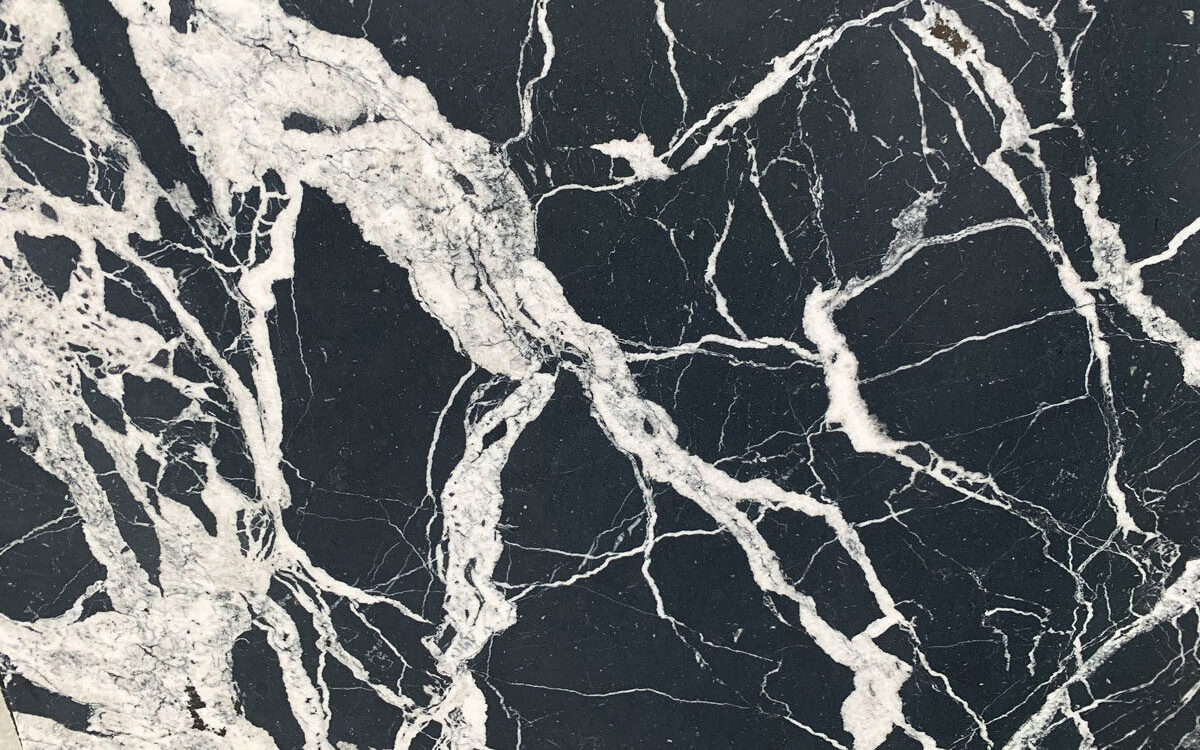

Fissures
The MIA, Marble Institute of America, in their 2005 Residential Stone Countertop Installation Guide states that, “Fissures occur naturally in many stone types. A fissure is defined by the American Geological Institute as ‘an extensive crack, break, or fracture in the rock, which may contain mineral-bearing material.’ The term ‘fissure’ is used commerically in the stone industry to describe a visible separation along intercrystalline boundaries. This separation may start and stop within the field of the stone, or extend through and edge. A fissure differs from a crack, in that it is a naturally occurring feature in the stone.”
Fissures are very common in granite. Some granite colors, however, contain more fissures than others. If you notice a fissure in a certain area, more than likely there will be other areas in your granite countertops that contain fissures as well. Depending on the lighting in your home, some fissures may stand out more than others, or look more pronounced.
Other things to consider
1.Fissures are not typically prominent in sink areas. A crack could be caused in a sink area during transportation, or from in-proper handling of the stone.
2.Fissures do not change the plane of a surface. If a level was placed across the questionable area, you shouldn’t be able to slide a business card underneath it.
3.Fissures will show up in more than one area of the stone, not just in 1 place.
4.With fissures, you shouldn’t be able to catch a fingernail, business card, car key, etc. in the area.
Remember to keep in mind that granite is a product of nature. While markings, veining, pitting, and fissures are common, they do not affect the quality of the stone. These characteristics are what makes each piece of granite unique, stand out, and make it “natural.”
